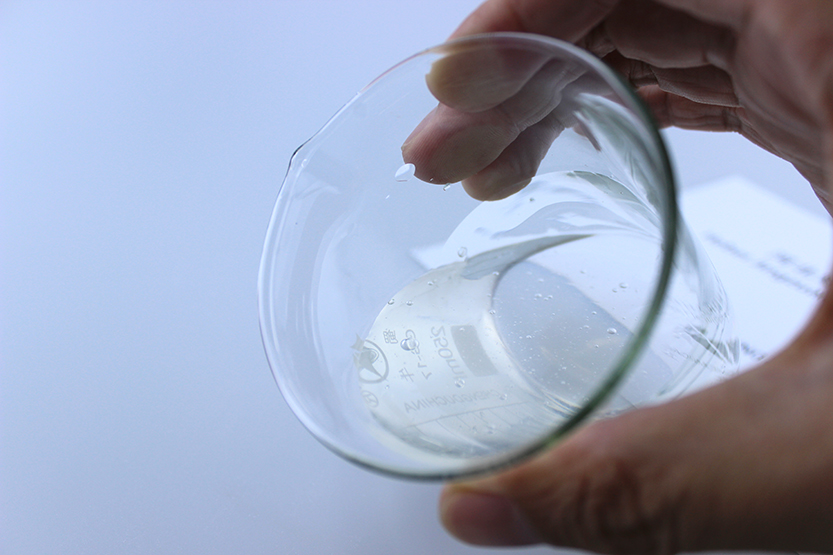
Dec . 07, 2024 08:28 Back to list
china mhec-methhyl hydroxyethyl cellulose
Understanding Methyl Hydroxyethyl Cellulose (MHEC) Applications and Benefits
Methyl Hydroxyethyl Cellulose (MHEC) is a versatile non-ionic cellulose ether derived from cellulose, a natural polymer abundantly found in plant cell walls. MHEC has gained significant attention across various industries due to its unique properties and functionality. This article aims to explore what MHEC is, its chemical structure, its wide-ranging applications, and the benefits it brings to different sectors.
Chemical Structure
MHEC consists of a cellulose backbone with methoxy and hydroxyethyl groups attached. These modifications enhance its solubility in water and contribute to its effectiveness as a thickening agent, stabilizer, and film-forming agent. The degree of substitution (DS) and molecular weight of MHEC can be controlled during production, allowing manufacturers to tailor its properties for specific applications.
Key Applications
1. Construction Industry MHEC is widely used in construction, particularly in mortar, plaster, and tile adhesive formulations. Its ability to improve workability, open time, and water retention makes it a preferred additive for those products. The enhanced adhesion and flexibility of materials containing MHEC contribute to higher durability and performance in various construction applications.
2. Paints and Coatings In the paint and coatings industry, MHEC acts as a thickening agent and provides excellent stability against sagging and settling. It not only improves the texture and consistency of paints but also enhances the finish quality. MHEC’s emulsifying properties contribute to the even distribution of pigments and additives, ensuring a uniform application.
3. Cosmetics and Personal Care MHEC is an essential ingredient in many cosmetic products, including creams, lotions, and gels. It helps to stabilize emulsions and provides a smooth, velvety texture, enhancing the overall sensory experience for users. Additionally, MHEC can act as a film-forming agent, contributing to moisture retention and improving the durability of cosmetic formulations.
4. Food Industry In the food sector, MHEC is utilized as a thickener and stabilizer in various products, including sauces, dressings, and dairy items. Its ability to suspend solid particles and maintain viscosity under varying temperature conditions makes it a valuable ingredient in improving the quality and shelf-life of food products.
china mhec-methhyl hydroxyethyl cellulose

5. Pharmaceuticals MHEC finds application in the pharmaceutical industry as a binder and controlled-release agent in tablet formulations. Its biocompatibility, non-toxicity, and ability to form gels make it ideal for use in drug delivery systems, enhancing the efficacy and bioavailability of medications.
Benefits of MHEC
MHEC offers numerous benefits across its various applications
- Enhanced Performance Its unique properties improve the performance characteristics of formulations, leading to better workability, stability, and adherence in construction and coatings. - Versatility MHEC's customizable properties, such as viscosity and solubility, make it suitable for a wide range of products across different industries.
- Eco-Friendly As a cellulose-based product, MHEC is derived from renewable resources, making it an environmentally friendly option compared to synthetic additives.
- Improved Texture In cosmetic and personal care products, MHEC enhances the texture and feel, contributing to customer satisfaction.
- Stability It provides excellent stability in emulsions, preventing separation and sedimentation, which is crucial for maintaining product quality over time.
Conclusion
Methyl Hydroxyethyl Cellulose (MHEC) is a multifunctional additive that has carved a niche for itself across various industries, including construction, paints, cosmetics, food, and pharmaceuticals. Its remarkable properties and benefits not only enhance product performance but also contribute to sustainability efforts. As industries continue to evolve, the demand for versatile and eco-friendly additives like MHEC is expected to grow, making it a key player in the future of material science and formulation chemistry. Embracing MHEC can lead to innovations that improve quality, performance, and consumer satisfaction in a multitude of applications.
-
Versatile Hpmc Uses in Different Industries
NewsJun.19,2025
-
Redispersible Powder's Role in Enhancing Durability of Construction Products
NewsJun.19,2025
-
Hydroxyethyl Cellulose Applications Driving Green Industrial Processes
NewsJun.19,2025
-
Exploring Different Redispersible Polymer Powder
NewsJun.19,2025
-
Choosing the Right Mortar Bonding Agent
NewsJun.19,2025
-
Applications and Significance of China Hpmc in Modern Industries
NewsJun.19,2025







